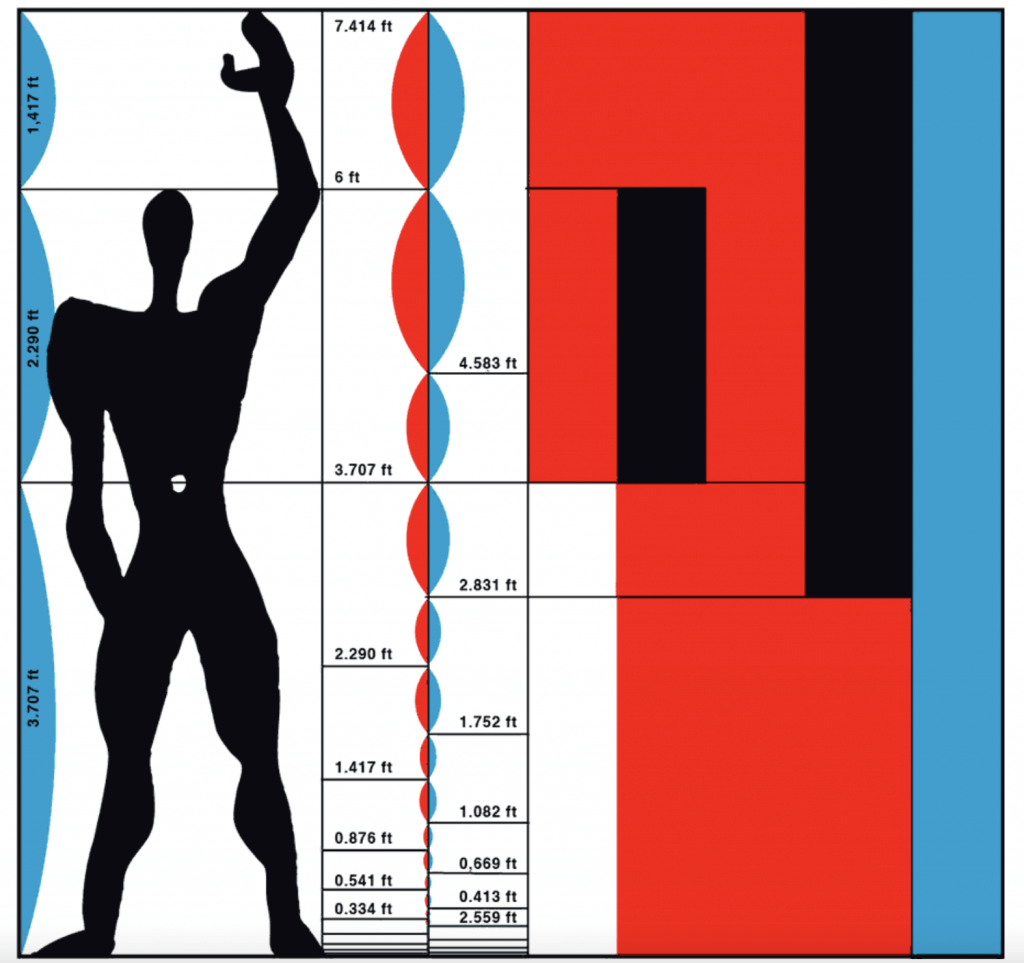Funded by: Research England
Team: Paul Chamberlain
Leonardo da Vinci’s Vitruvian man demonstrates the perfect ratios and proportions found in human anatomy. Corbusier developed this idea through his ‘Modulor man’ as a universal system of proportional measurement. Using the proportions of the standardised human has been a longstanding, significant and influential factor to ensure mathematical order in architecture. However, the use of a default prototypical body as a user of the designed environment is somewhat outdated and exclusive. This research enquiry challenges systematic approaches to design, driven by compromised user proportions, calling for a more nuanced and rigorous understanding of user needs. The work is part of wider research enquiry that explores the 100 year-life and the ‘future home’.

Data chairs created by Chamberlain embody and highlight this challenge.

Using well established anthropometric guidelines and data for key dimensional measurements for standard chairs (Height x Length x Width) and then applying an incremental scale of 5mm to each dimension within the recommended parameters presents a designer/specifier with 10,000 different physical permutations. Data chairs represent only 100 of these permutations where each chair presents a different but ‘correct design response’ based on ergonomic data sets. Data Chairs prompts caution of design that is guided and informed by limited, incomplete and often confusing data. Data that leads to multiple but incomplete solutions. Data chairs represent a call for more nuanced and appropriate data that must be considered and rigorously synthesised to inform design that acknowledges the complexity and diversity of our lives.
“Critical design opens up a space for discussion and inquiry. How did we design everyday objects and consider the user?”
Paul Chamberlain
 to top
to top
